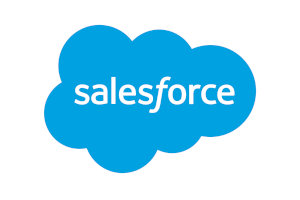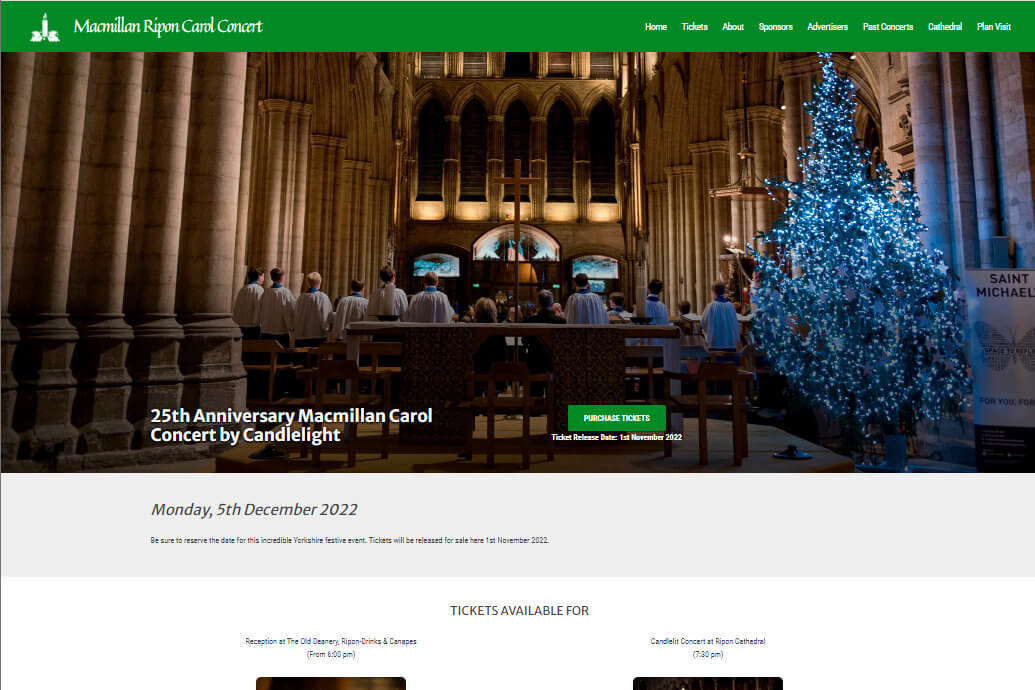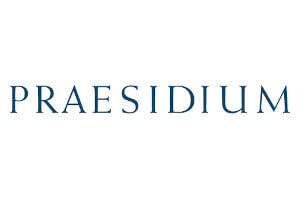The primary reason for client loss is either; they do not see the value in your product features, or they do not understand your process. That’s where a customer onboarding strategy comes in.
Customer onboarding is the process of getting clients comfortable with your products or services. A Great Onboarding is where expectations can be predictably met and can determine a long prosperous relationship for both parties. A successful onboarding usually gives an ‘Aha!’ moment to your clients by narrowing down on their needs or exceeding their expectations. Your clients’ onboarding experience sets the pace for your relationship with them and determines your retention rate.
Why is the customer onboarding process so important?
For the most part, customer onboarding is a management tool that helps to build and solidify credibility with your clients. Within the first 90 days of Onboarding, the clients try to decide whether they would stay with you or not.
High credibility and happy clients result in customer loyalty. To build that loyalty, you need a smooth and efficient process, one that not only tells the customer how valuable your offer is but also shows that you know what you are doing. Clients like to work with businesses that have a defined action plan and know how to build solid relationships. Happy clients refer you to other prospects based on your great work.
A customer onboarding process also sharpens your work processes. With the right information at your fingertips, you are in the best position to develop a well-thought-out strategy that is highly repeatable and efficient. You can set expectations early on, so both parties know what’s coming. It keeps you organized so your work process does not become chaotic.
Every business has a unique onboarding process that is determined by internal capabilities. But understand that, in other for your strategy to work efficiently, you have to systemize and optimize your process for easy comprehension and better user experience.
5 Tips to Deliver a Great Customer Onboarding Experience:
Set and Confirm Customer Expectations
Meeting customer’s expectations is very important. When customers have a great experience, they are more likely to spend 140% more. Check in with your customers and find out exactly what they expect from you. Work through actionable steps, timelines, and outcomes and clear any confusions and misconceptions the customer might have.
With this information, you can build a strategy to help clients struggling behind or stuck on the onboarding process. With a CRM like Salesforce, you can take note of customers’ expectations, plan for future follow-ups and set timelines.
Communicate progress through each step on time as expected
Keeping your customers engaged throughout the project is very important. Transparency during communication at each step tells the customer what’s going on and would likely improve the project’s success. Make a conscious effort to communicate from the start of each project and keep them closely involved up until completion, through regular updates. You can engage with your customers directly through weekly meetings, direct phone calls, and emails.
Be accessible to the customer
Being accessible means being available for your customers when they have questions and need answers quickly and their problems are solved without added stress. When you are easily accessible to your customers, it increases your credibility and makes you dependable. Try as much as possible to solve customer issues at first contact.
Create a client onboarding questionnaire:
You need to have all the information about your clients to prepare you for the official kick-off meeting before you start working with any client. With a platform like Conga, you can create the best user guide by developing and automating your questionnaire templates to be delivered at a particular time within the onboarding process and have the clients upload their requirements to your system within minutes.
Create a feedback system:
One effective way of improving customers’ experience is to create a feedback system that allows clients to express their experience with you. You can find out what’s working and what’s not working through by identifying trends from customer feedback.
With Conga, you can create and automate a feedback template. The customer can document their first-hand experience, and it can be stored and accessed through Salesforce. With this feedback, you can refine your onboarding process in a way that prioritizes the needs of your clients.
Final Thoughts…
Working with Onboarding is working with many variables, but the goal of Onboarding is to create an efficient process that makes you and your client’s lives better. The best onboarding strategy is not perfect but is one that is dynamic and adapts to the changing demands of clients.





